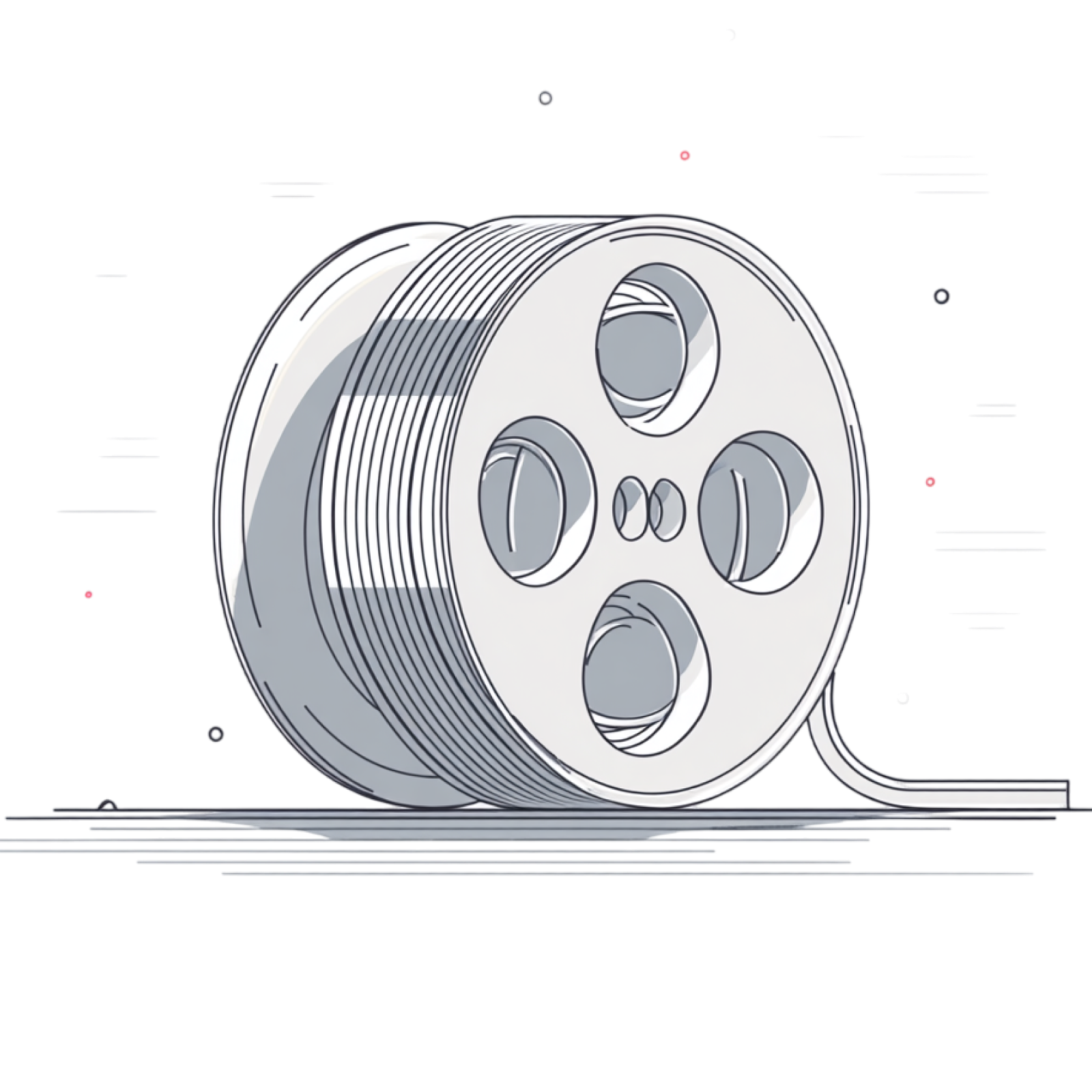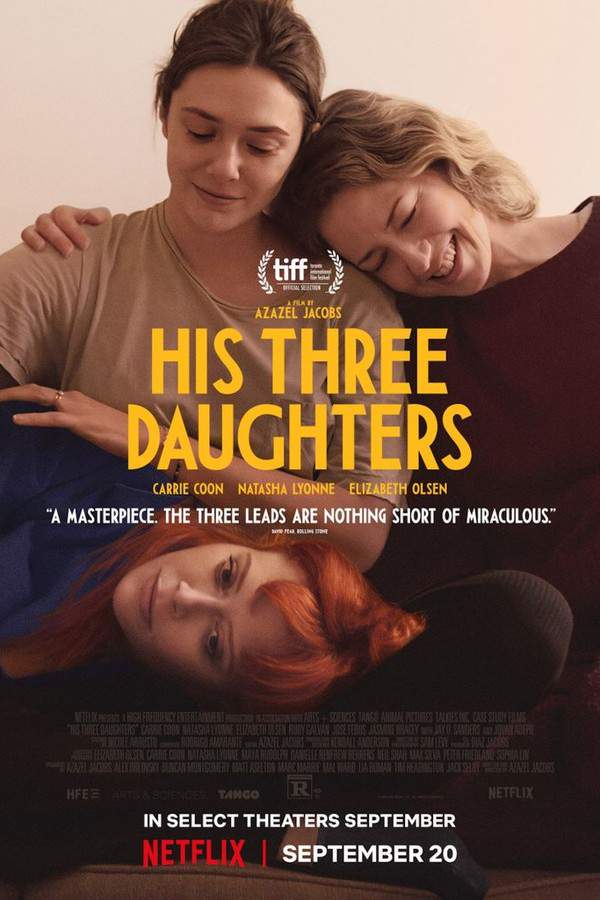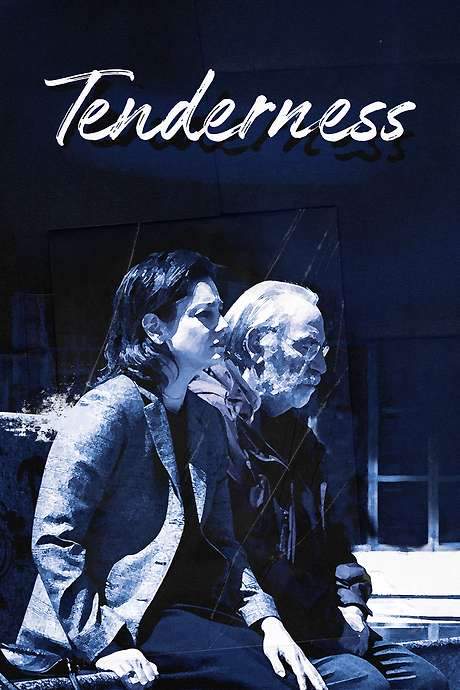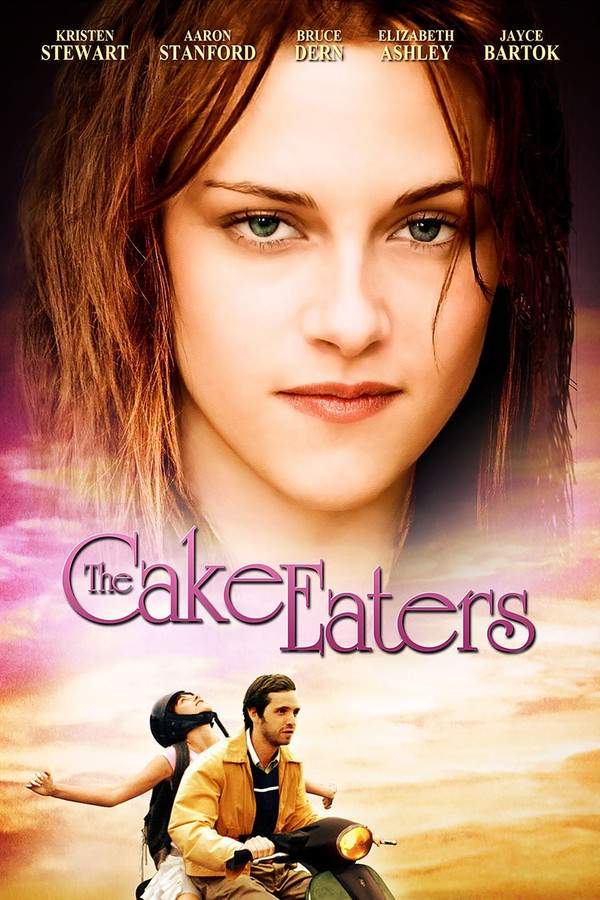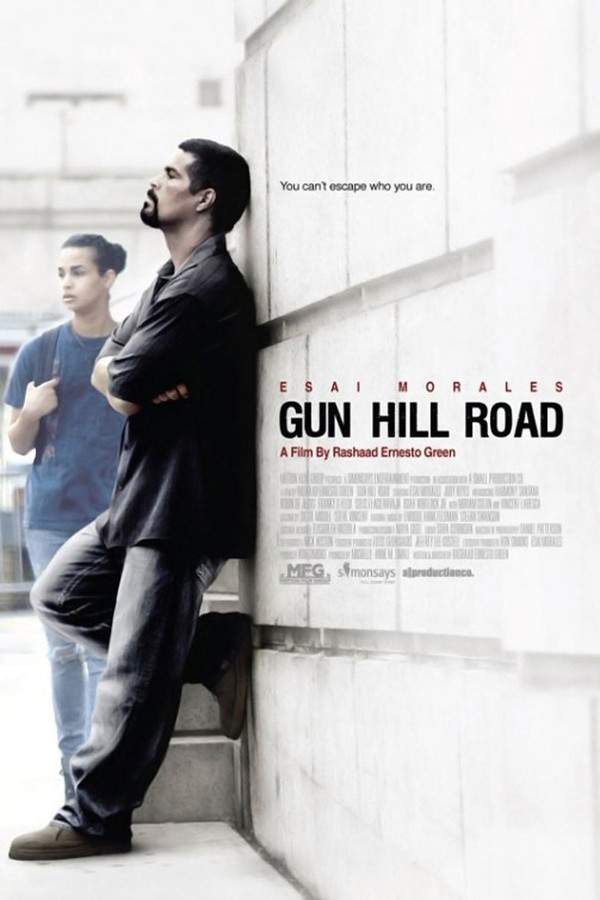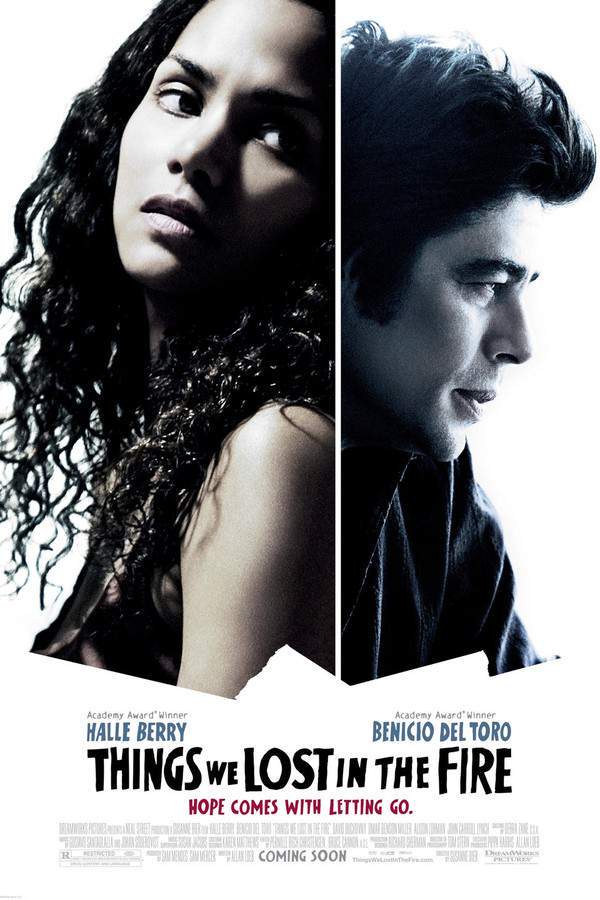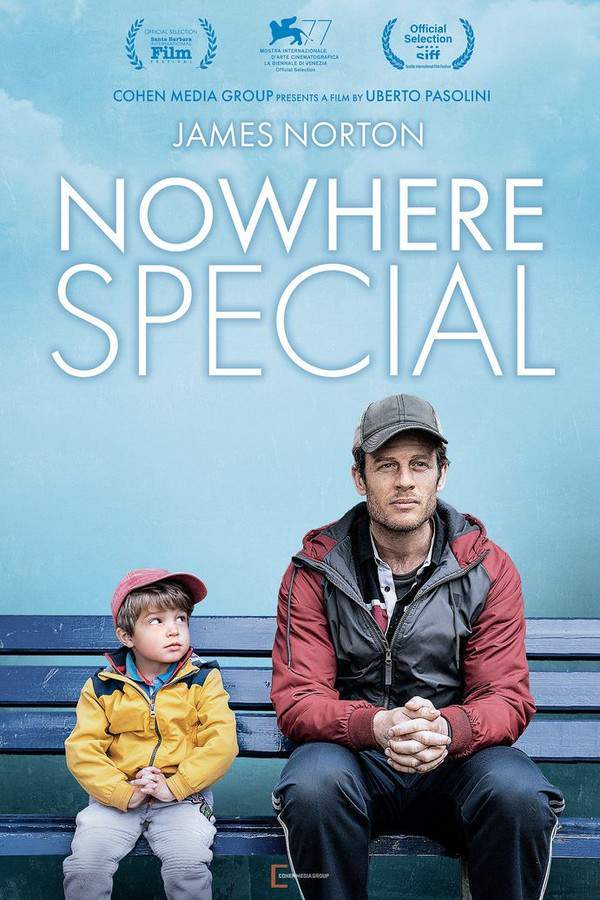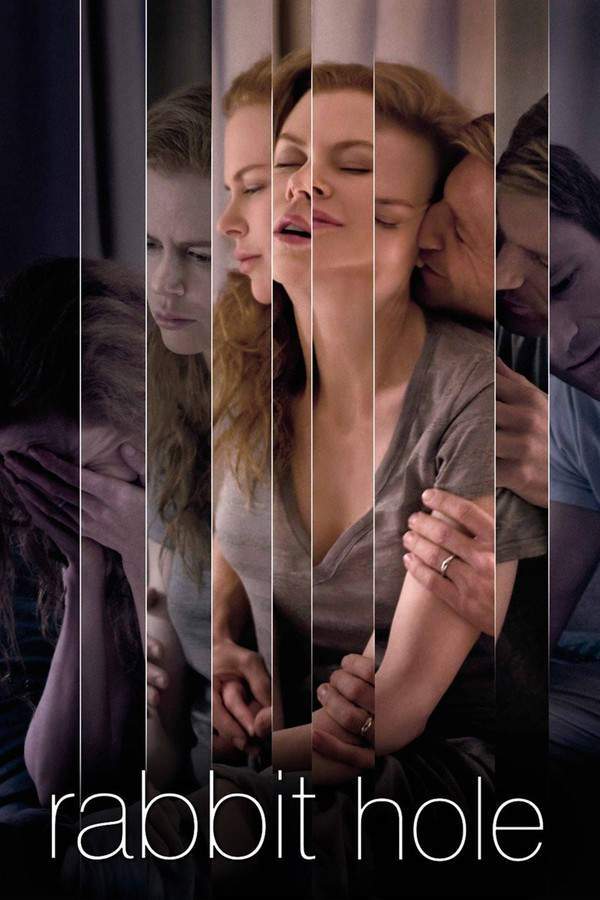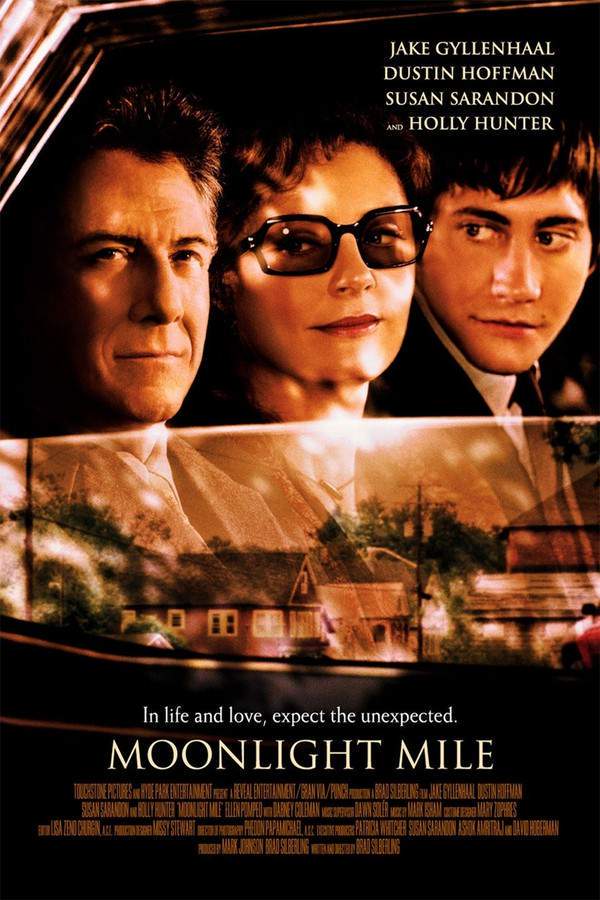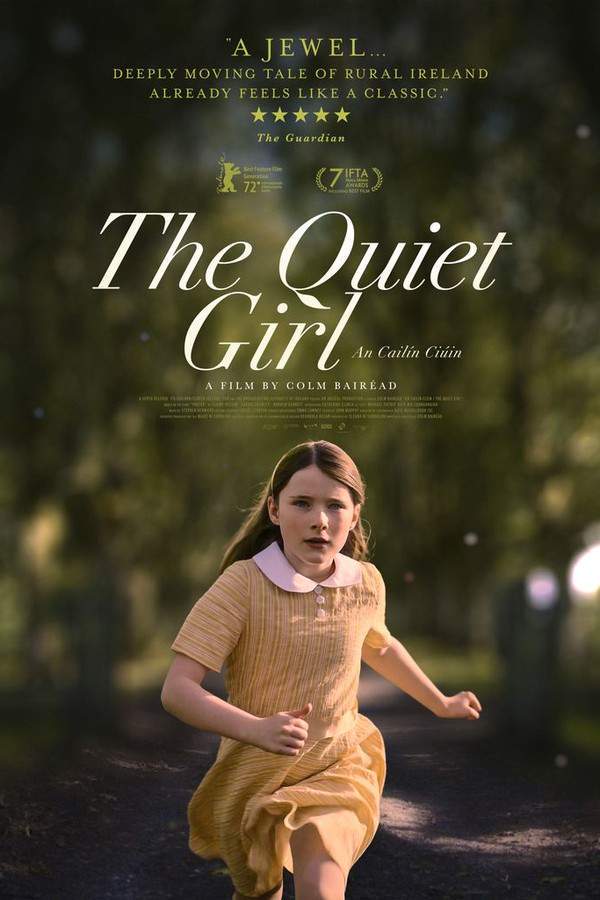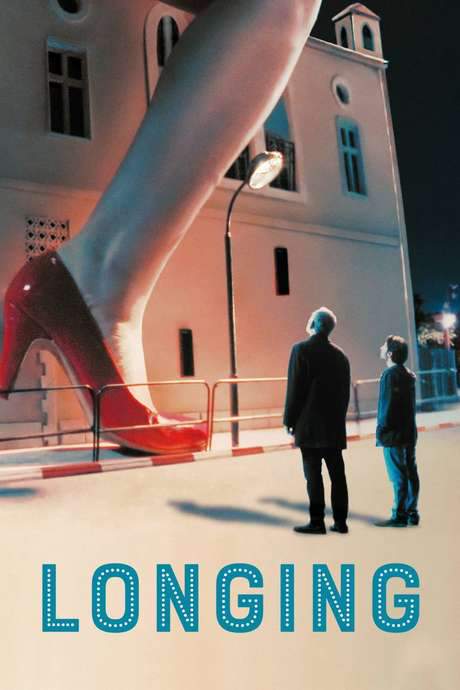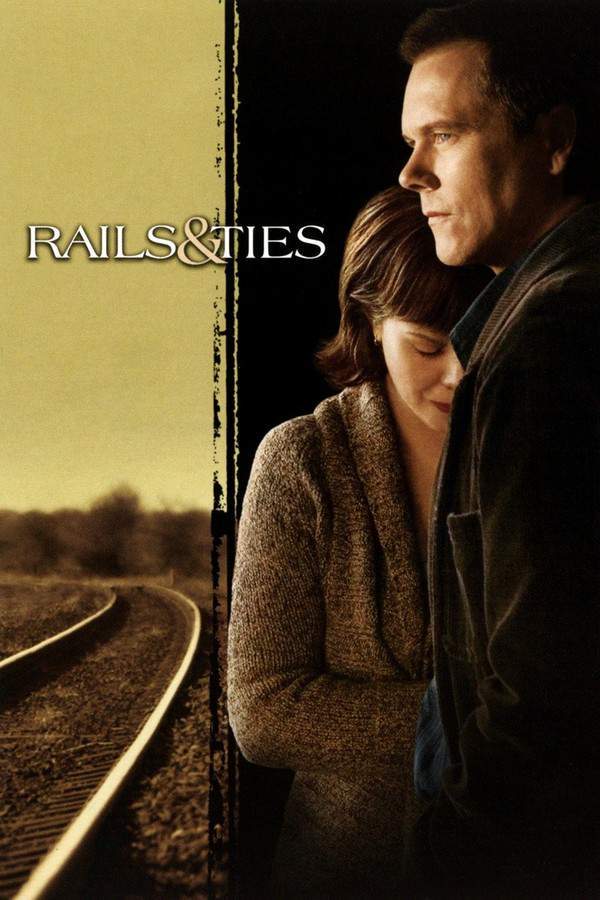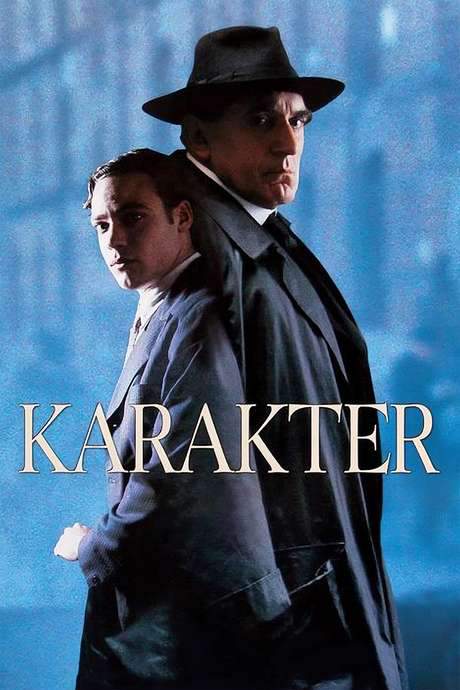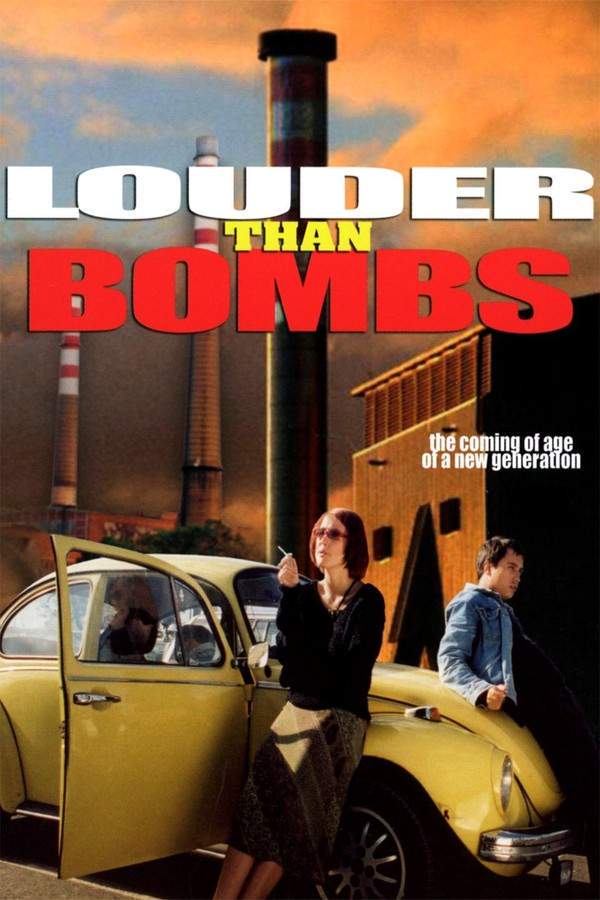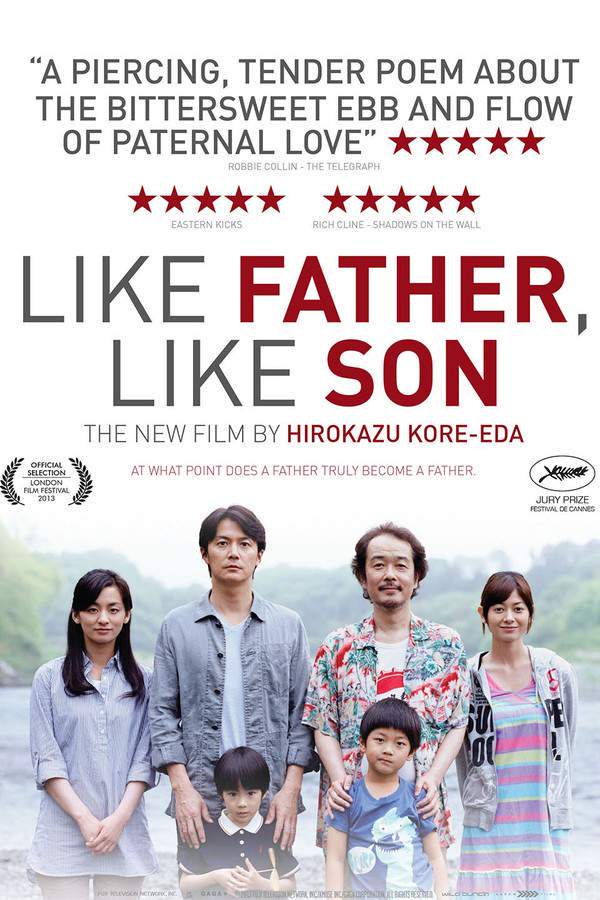
Like Father, Like Son
Year: 2014
Runtime: 121 min
Language: Japanese
Director: Hirokazu Koreeda
In modern Japan, architect Ryota’s meticulously planned life is thrown into turmoil when he learns his infant son was swapped at birth with another family’s child. Forced to confront this unexpected truth, Ryota must navigate a complex moral and emotional crisis, grappling with questions of identity, responsibility, and the very definition of family. As he interacts with the other family and his biological son, Ryota's rigid worldview begins to soften, leading to a profound understanding of human connection and the enduring power of love.
Warning: spoilers below!
Haven’t seen Like Father, Like Son yet? This summary contains major spoilers. Bookmark the page, watch the movie, and come back for the full breakdown. If you're ready, scroll on and relive the story!
Timeline & Setting – Like Father, Like Son (2014)
Explore the full timeline and setting of Like Father, Like Son (2014). Follow every major event in chronological order and see how the environment shapes the story, characters, and dramatic tension.
Last Updated: October 22, 2024 at 21:23
Main Characters – Like Father, Like Son (2014)
Meet the key characters of Like Father, Like Son (2014), with detailed profiles, motivations, and roles in the plot. Understand their emotional journeys and what they reveal about the film’s deeper themes.
Last Updated: October 22, 2024 at 21:23
Major Themes – Like Father, Like Son (2014)
Explore the central themes of Like Father, Like Son (2014), from psychological, social, and emotional dimensions to philosophical messages. Understand what the film is really saying beneath the surface.
Last Updated: October 22, 2024 at 21:23
Explore Movie Threads
Discover curated groups of movies connected by mood, themes, and story style. Browse collections built around emotion, atmosphere, and narrative focus to easily find films that match what you feel like watching right now.
Movies about identity and family crises like Like Father, Like Son
Stories where contemporary lives are disrupted by profound personal revelations.Find movies similar to Like Father, Like Son that explore modern dilemmas of identity and family. If you liked the emotional depth and moral complexity of Ryota's story, these films feature ordinary people grappling with life-shattering revelations about parenthood, love, and self.
Narrative Summary
The narrative pattern typically begins with a stable, often meticulously controlled life that is suddenly fractured by an unavoidable truth or moral quandary. The plot then follows a gradual, internal journey as the protagonist navigates grief, confusion, and the difficult process of rebuilding their understanding of family and self, often without a clear-cut resolution.
Why These Movies?
These films are grouped together because they share a focus on intimate, emotionally heavy dramas that use a specific personal crisis as a lens to examine broader themes of nature versus nurture, biological versus chosen bonds, and the true meaning of family in the modern world.
Slow burn emotional dramas like Like Father, Like Son
Films that build profound emotional impact through quiet, intimate storytelling.Discover movies with a similar pacing and emotional weight to Like Father, Like Son. These slow burn dramas focus on intimate character studies and heavy themes, delivering a bittersweet and contemplative viewing experience for those who appreciate deeply felt stories.
Narrative Summary
Stories in this thread unfold with a deliberate pace, emphasizing character development and emotional states over complex plotting. The central conflict is often internal—a struggle with grief, acceptance, or a fractured relationship. The climax is typically not an explosive event, but a quiet moment of realization or connection that carries the cumulative emotional weight of the entire film.
Why These Movies?
These movies are united by their specific combination of slow pacing, heavy emotional weight, and a bittersweet tone. They create a similar viewing atmosphere that is contemplative, deeply moving, and focused on the gradual unfolding of human emotion.
Unlock the Full Story of Like Father, Like Son
Don't stop at just watching — explore Like Father, Like Son in full detail. From the complete plot summary and scene-by-scene timeline to character breakdowns, thematic analysis, and a deep dive into the ending — every page helps you truly understand what Like Father, Like Son is all about. Plus, discover what's next after the movie.
Like Father, Like Son Summary
Read a complete plot summary of Like Father, Like Son, including all key story points, character arcs, and turning points. This in-depth recap is ideal for understanding the narrative structure or reviewing what happened in the movie.

Like Father, Like Son Timeline
Track the full timeline of Like Father, Like Son with every major event arranged chronologically. Perfect for decoding non-linear storytelling, flashbacks, or parallel narratives with a clear scene-by-scene breakdown.

Like Father, Like Son Spoiler-Free Summary
Get a quick, spoiler-free overview of Like Father, Like Son that covers the main plot points and key details without revealing any major twists or spoilers. Perfect for those who want to know what to expect before diving in.

More About Like Father, Like Son
Visit What's After the Movie to explore more about Like Father, Like Son: box office results, cast and crew info, production details, post-credit scenes, and external links — all in one place for movie fans and researchers.
